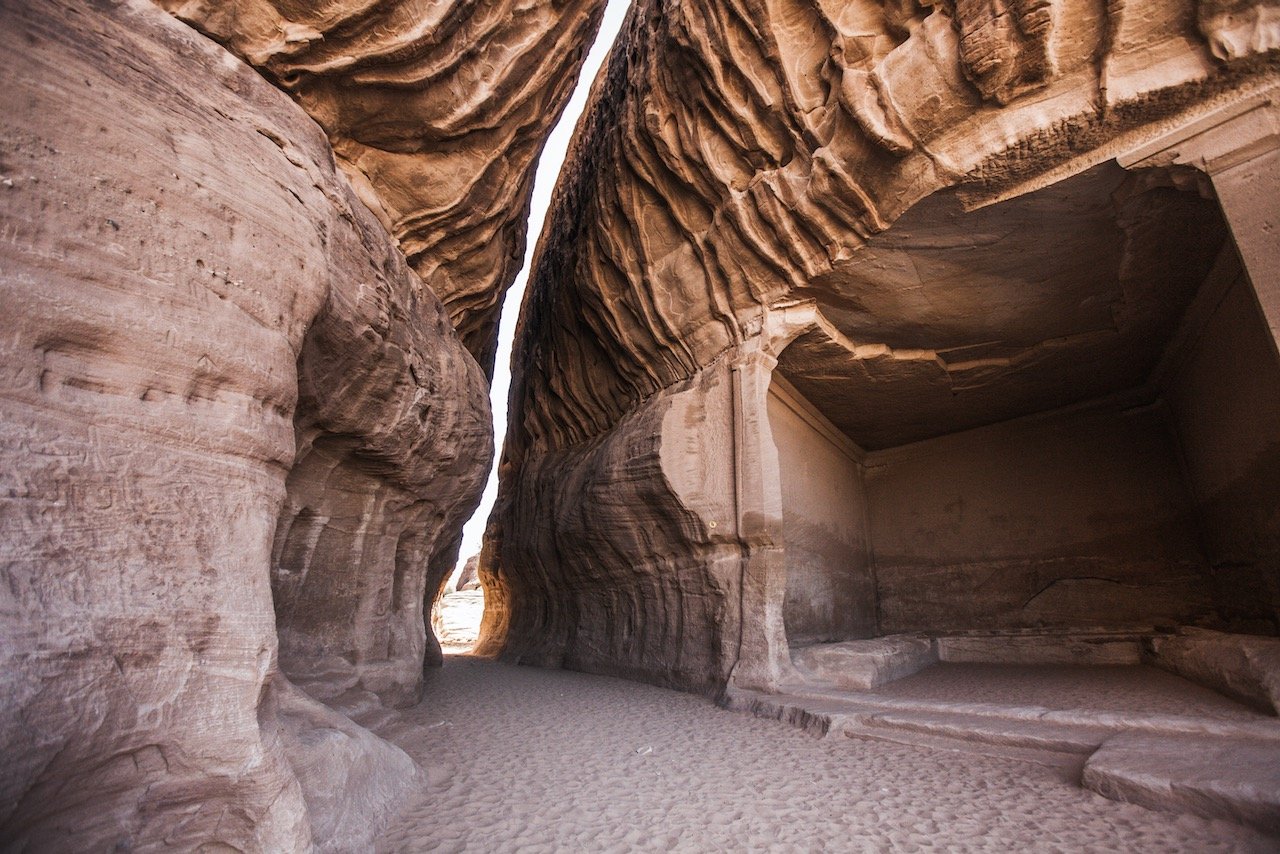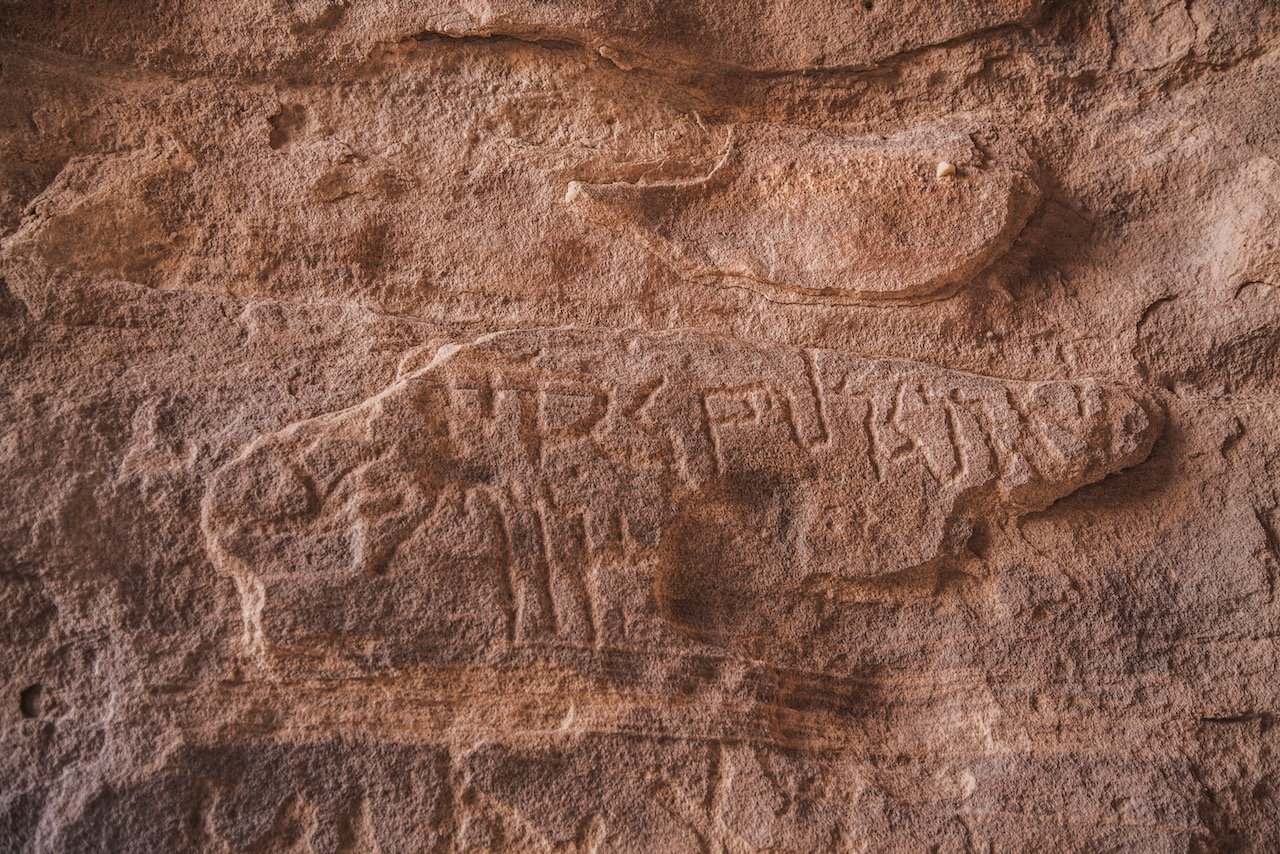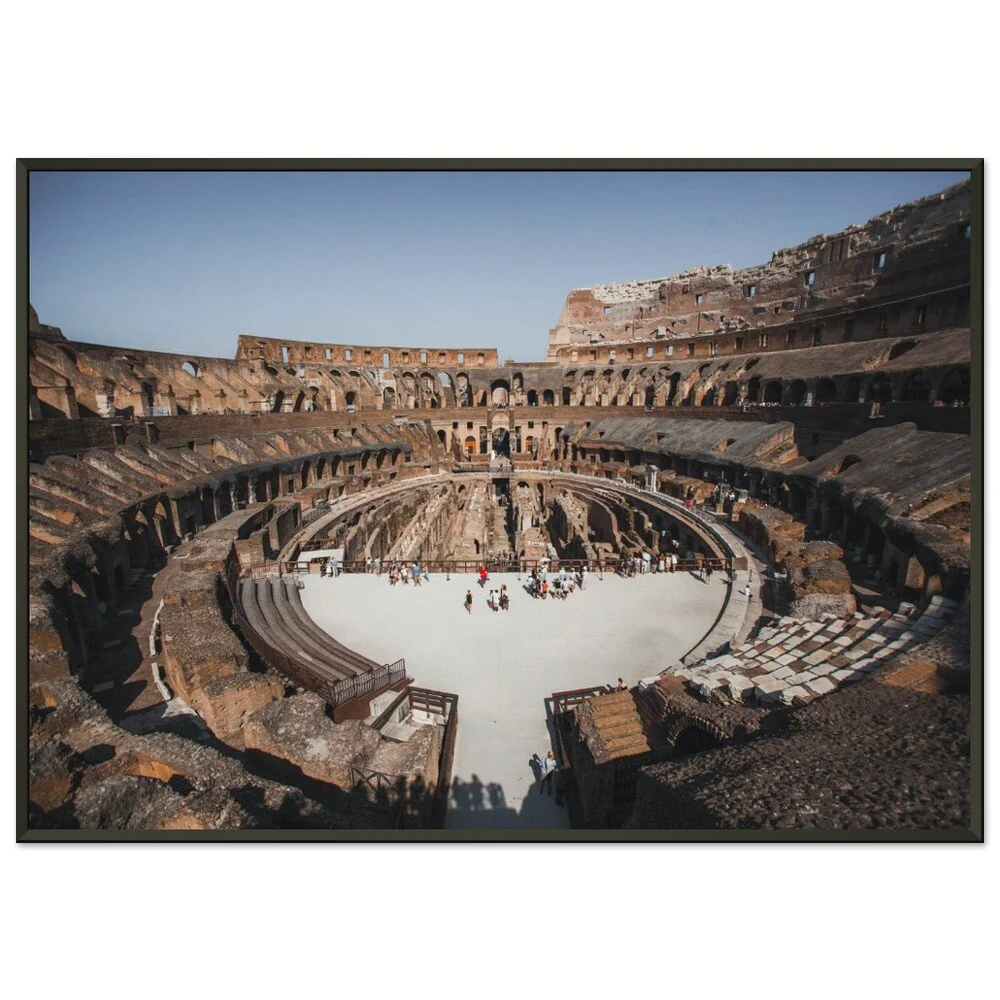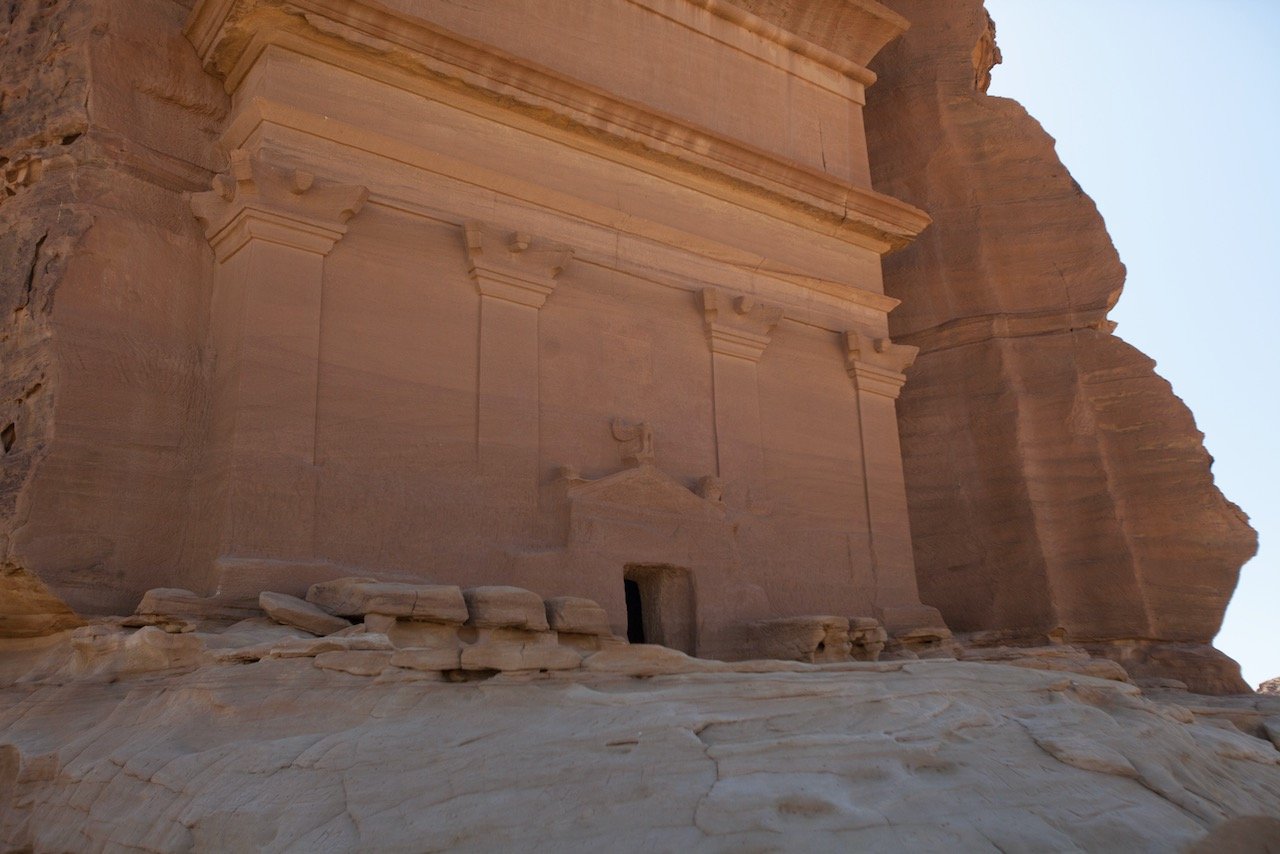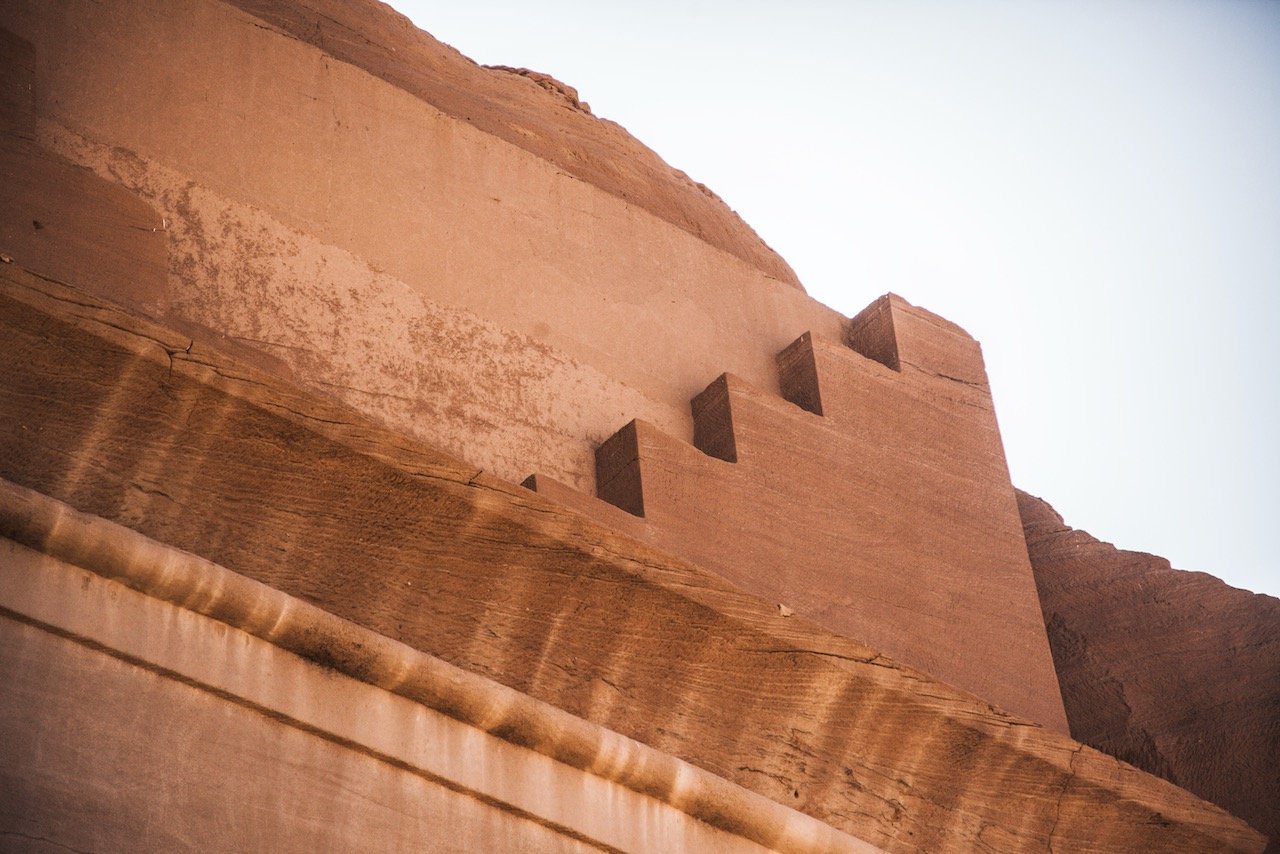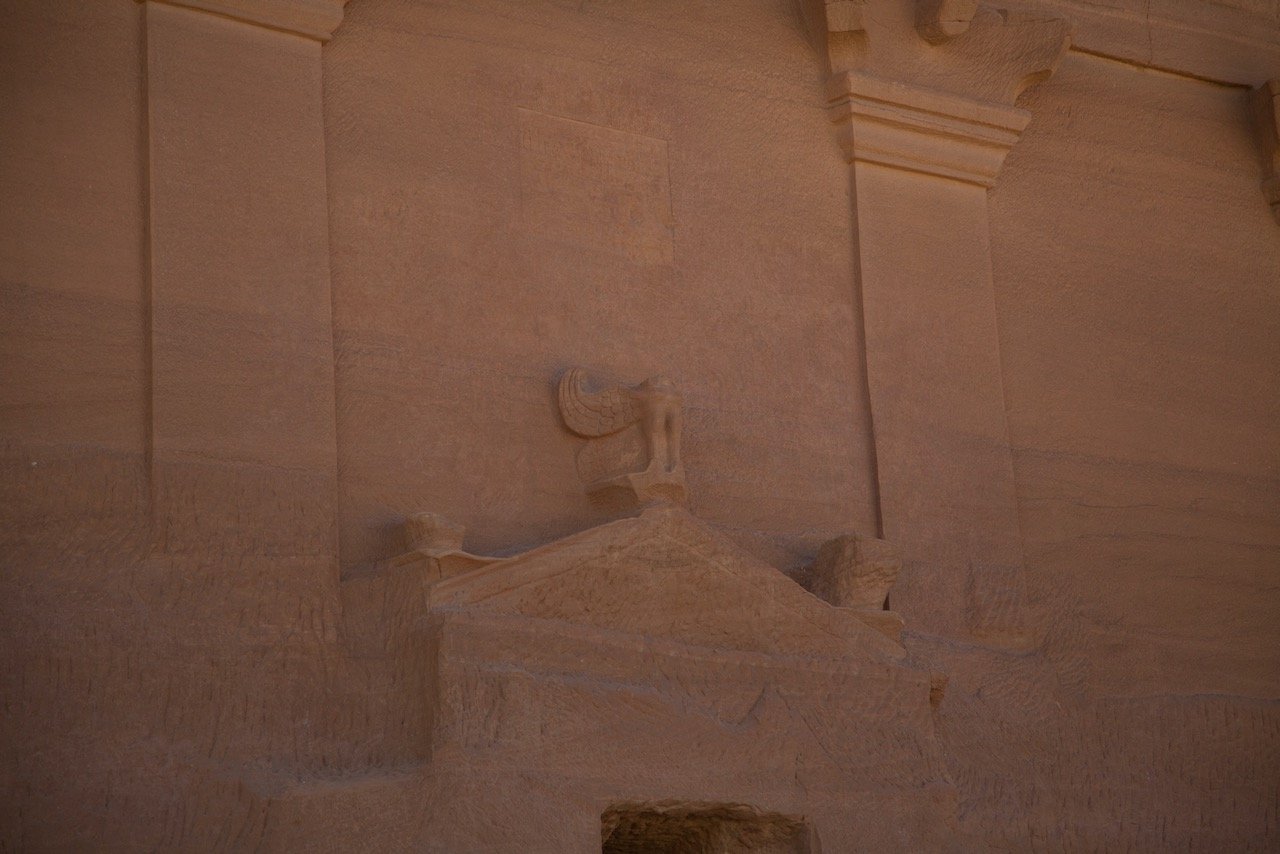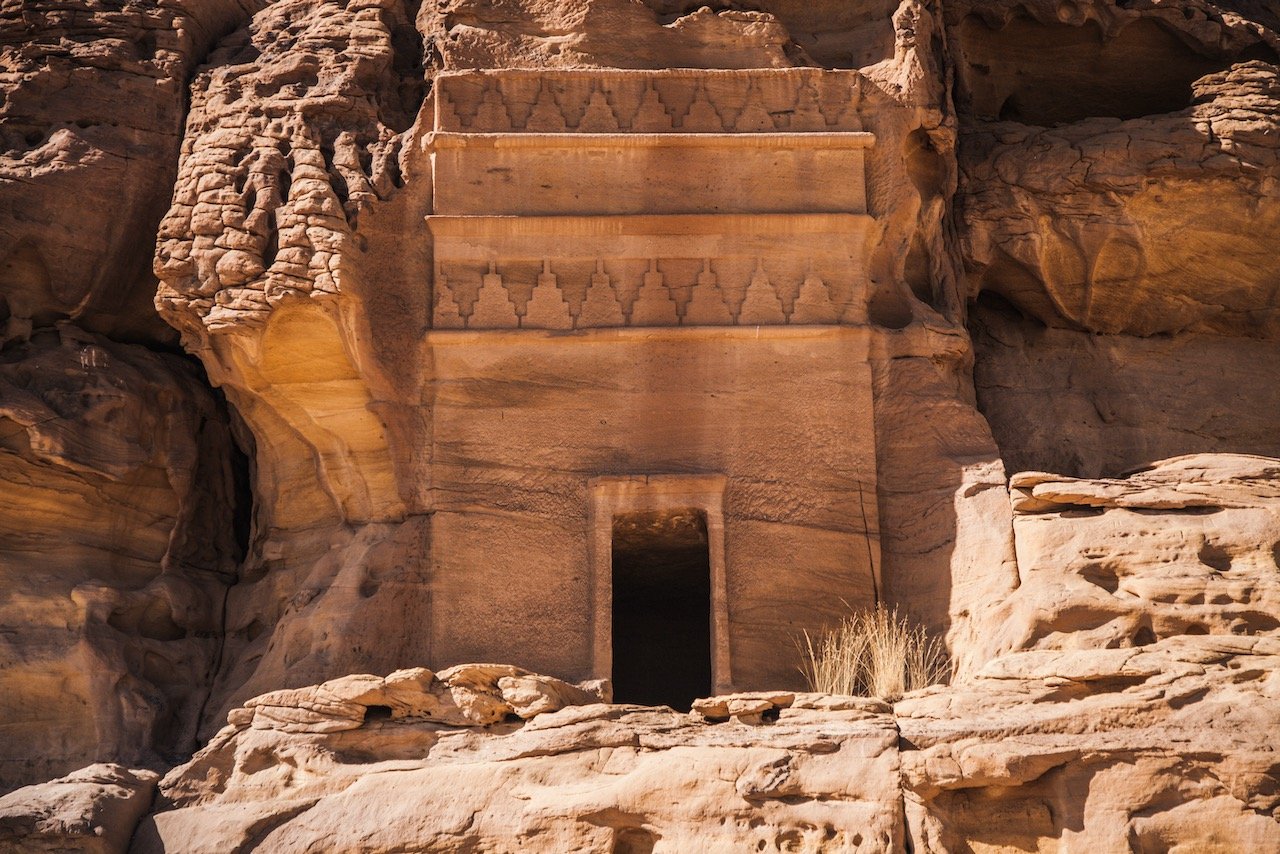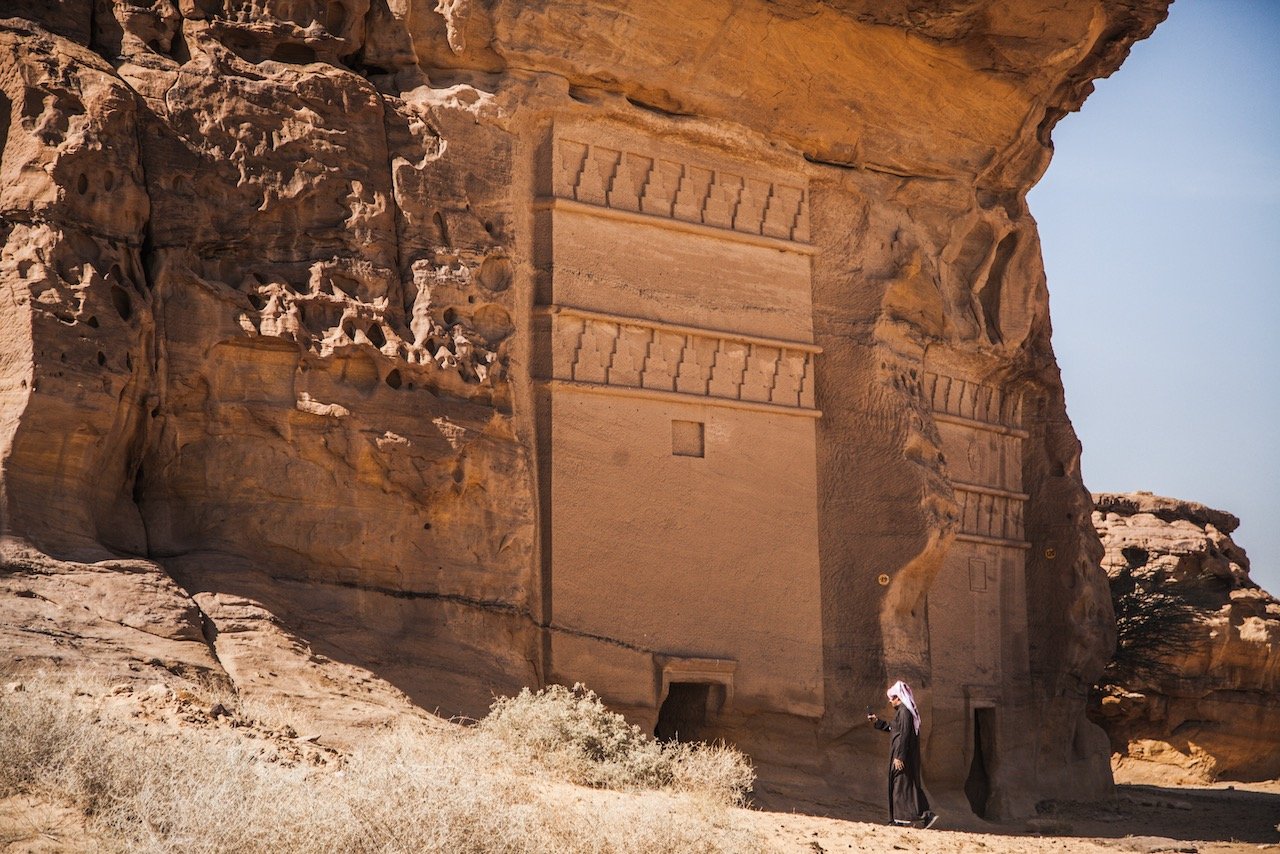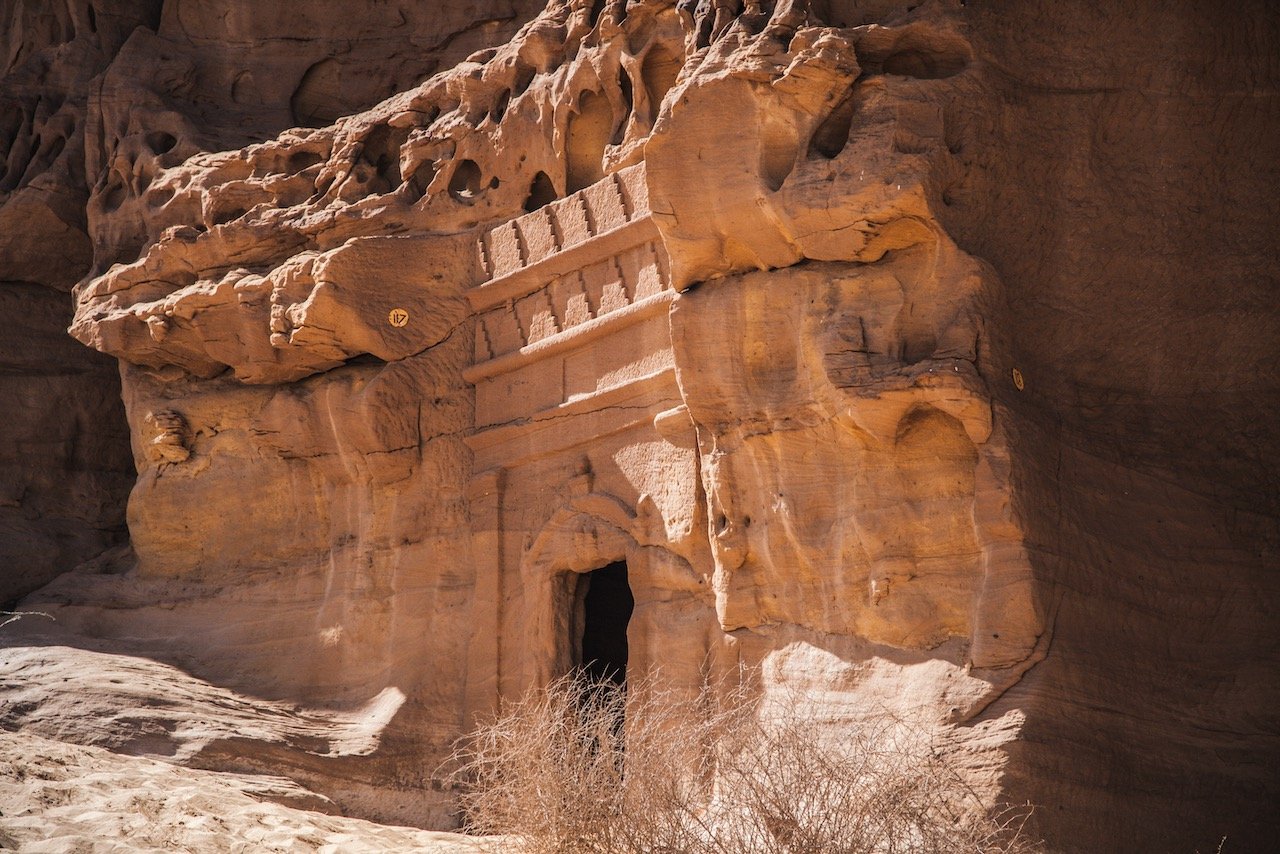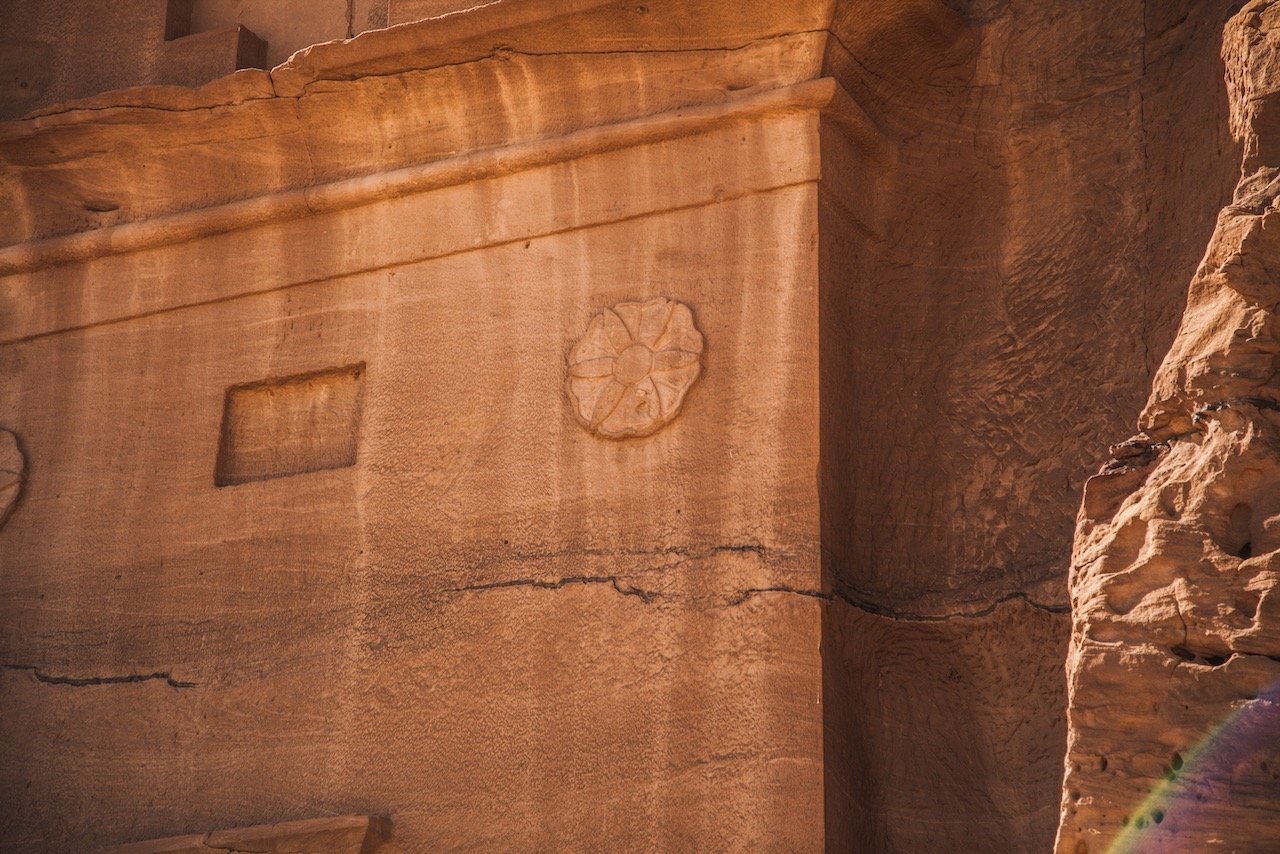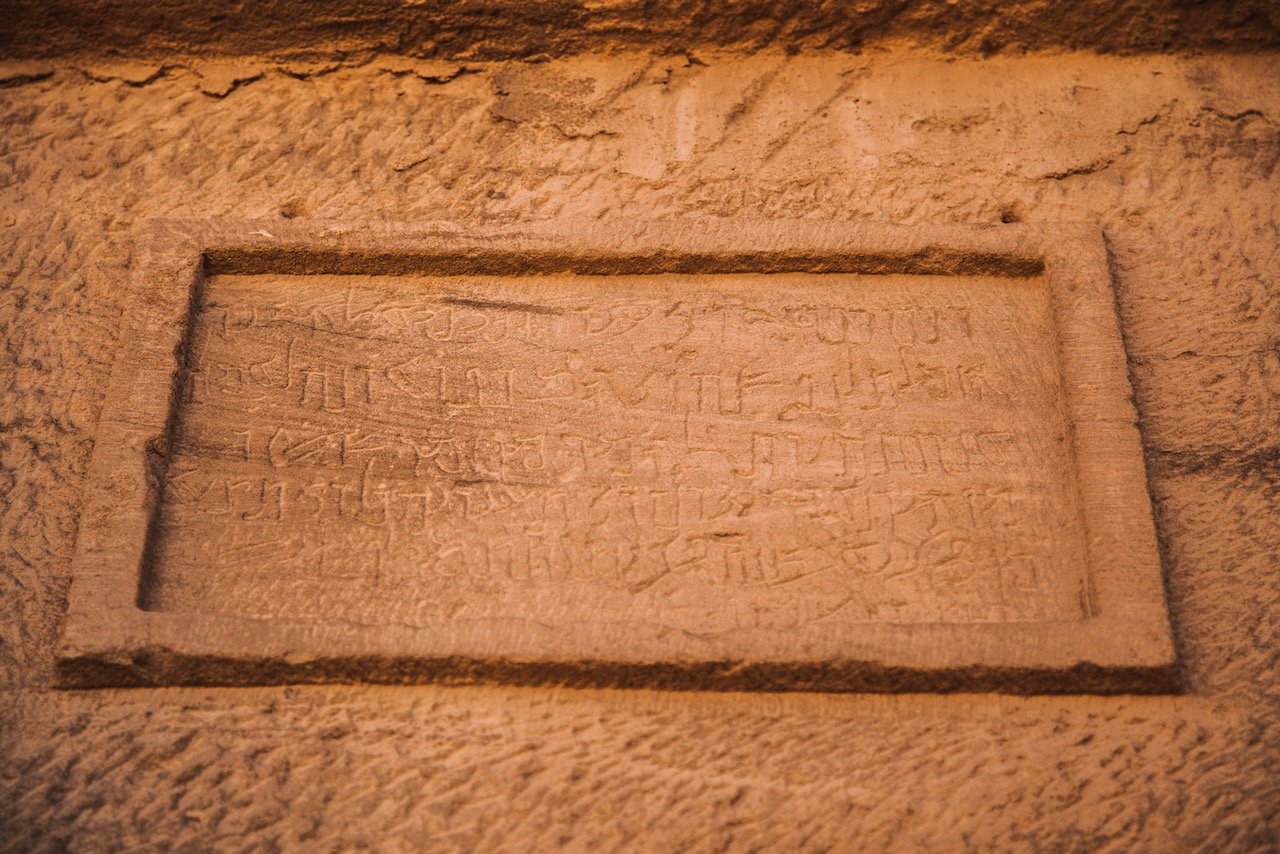An exploration of Hegra, the 2nd capital of the Nabataean Kingdom (in Al-'Ula, Saudi Arabia)
(Some links in this post are affiliate links. If you click through and take action, I'll be compensated.) If you are also interested in any PRINTS from any of my posts, be sure to check out my store where you can buy prints as posters, in metal/wooden frames or on canvas.
Nearly everyone has probably heard about Petra in Jordan (otherwise known as Al-Khazneh), a famous archeological site in Southern Jordan which was part of the Nabataen civilization in the 3rd century BC. (Read more about my blog post on seeing Petra in Jordan). But nearly NO ONE has heard about Hegra, another settlement of the Nabataean civilization from the 1st century AD and Saudi Arabia’s FIRST UNESCO World Heritage Site.
The Nabataeans were nomadic Bedouin tribes that largely roamed the middle eastern region and gained wealth by controlling key trade routes. Other Nabataean archaeological ruins can be found in Israel (Avdat), Syria, and Palestine.
The tombs at Hegra can be found in Al-’Ula, Saudi Arabia (also known as Mada’in Salih and Al-Hijr). The site is spread out across several square kilometers and features 131 rock-cut tombs with decorated and ornate facades. Hegra was considered the 2nd largest city of the Nabataeans, behind the capital city of Petra.
A trip to Hegra can be made by taking a bus from the city of Medina (Madinah), by plane from most cities in Saudi, or by simply renting a car from Medina (in my opinion to be the cheapest and most convenient option).
A Brief History: What you’ll often see when traveling through this area on your tour is the sheer amount of carved tombs all around you. The reason why goes back to how wealthy the Nabataean people were. Their kingdom was situated along critical spice routes, enabling them to become wealthy merchants. The wealthiest of them then would purchase family tombs. These tombs started off as solid cliff faces, but were fabricated into the ornate and decorative tombs you see today. Oftentimes, up to 10 workers would take up to 6 months to complete hallowing out the cliff face and decorating the plot.
The total history of the Nabataean kingdom in Hegra is only deciphered through the tombs and inscriptions found here; there have been no written texts to suggest how exactly they lived in modern-day Saudi. Out of 7,000 inscriptions that were found in Hegra, only about 100 have dates associated with them.
What can be attributed to the people is not only their savvy with the spice trade, but also their abilities in architecture and hydraulics. Their engineering allowed them to collect water and protect themselves from natural erosion among other feats.
Long story short: the spice route made the Nabataeans rich, which they showed off in the tombs they had purchased as resting places for themselves and their families.
Driving in Saudi: Luckily for me, I had some practice with driving in Saudi when going through Riyadh. It is definitely a bit more hectic if you’re a westerner, however manageable. I could use my American driver’s license, however it may be most helpful to procure an International Driver’s Permit if you are not sure.
I picked up my car from Medina airport from a company called YELO, who were very helpful and had a good quality with regards to their car fleet. Using a car for a day only cost me about $20 (plus gas), which was cheaper overall than taking a bus to and from Al-Ula (where Hegra is situated).
I headed north about 4 hours to Hegra, taking Routes 340, 15, 328, and 375 before arriving at the Winter Park, where all the Hegra tours start. (Here is a google map of the driving directions).
Winter Park Area: this is where the tours will start in Al-Ula. There is an information office, plenty of parking, grassy areas to sit and relax, and they even have western food chains like Burger King and Dunkin’ Donuts (I was VERY surprised). It was here where I parked and rushed over to the bus loading area to take it to the first tour stop.
Tour Types: I booked my tour through Experience AlUla, who seemed to be the only tour operator with access to Hegra. I booked the standard Hegra tour trip but was kicking myself for my bad timing since the Hegra at night tour was the day before (this tour is not done every day of the week). I had seen Petra by night and it was glorious so I could only imagine how amazing this must have been.
Nonetheless, other tour options from this agency include a private Hegra tour in vintage Land Rovers, to Jabal AlFil (Elephant Rock), AlUla Old town, Gharameel Star gazing, and quite a lot of hikes. There are also helicopter and zip line options for those who are looking to get more from the experience.
If you like some of my photos that you have come across, just know that I have many prints showcasing a variety of landscapes, including Hegra, available for purchase below! (Sold as Posters, Canvas, or in Metal-Frames and Wooden-Frames).
